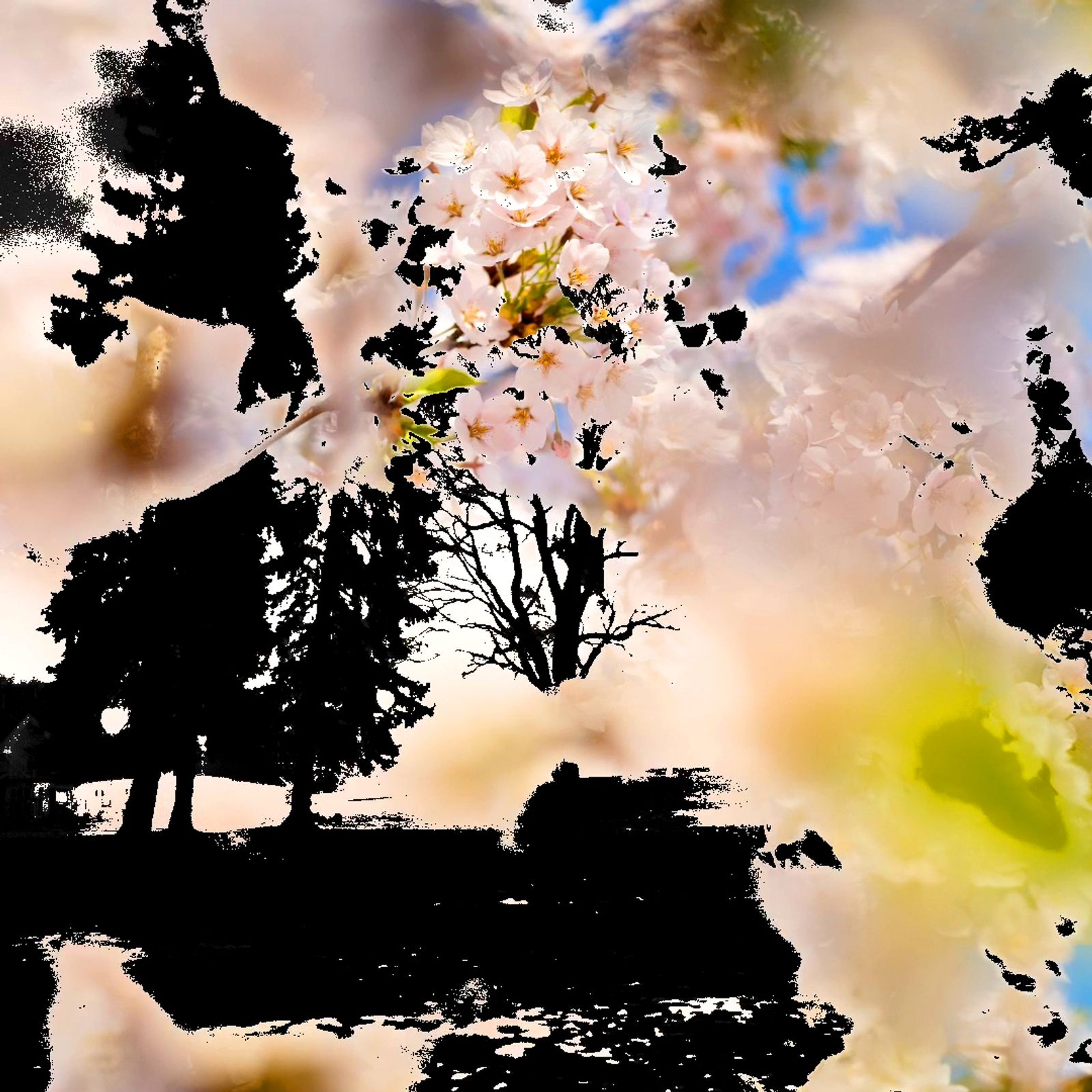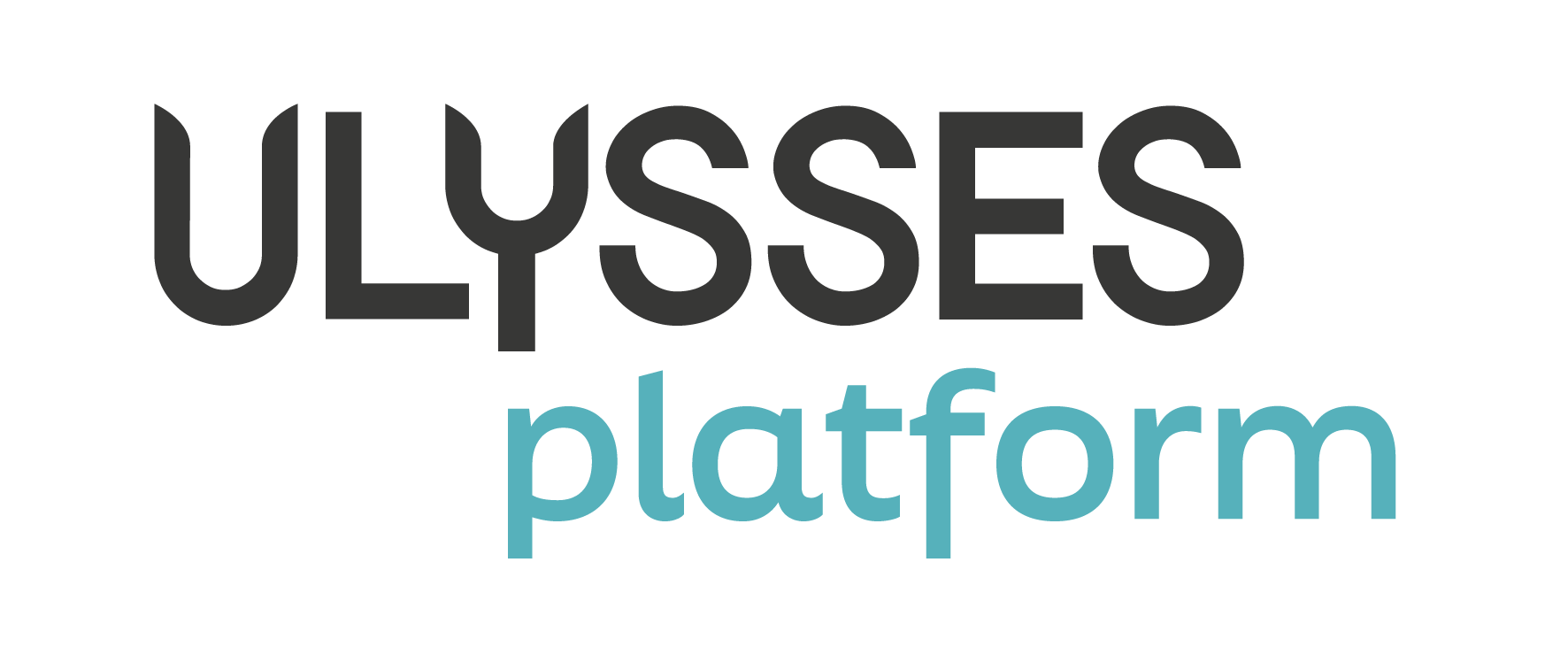Satyāgraha Redux
Philip Glass
In the 1960s, composer Philip Glass was inspired by a trip to India where he learned of Gandhi’s energy and moral courage. This led to the composition of Satyāgraha (1979), a minimalist opera about justice and peace, and a spiritual leader who changed the course of history.
Civil rights activist Mahatma Gandhi (1869–1948) became the figurehead of India’s anti-colonial resistance. He encouraged his followers to protest peacefully with an attitude he named ‘satyāgraha’, meaning, in sanskrit, holding insistently to the truth. The original sanskrit libretto by Constance DeJong draws from the ancient scripture Bhagavad Gita. It builds parallels between mythological struggles from Hinduism and Gandhi's own struggles during his early years in South Africa.
This shortened version of Glass’s opera is performed by MA students from the Academy of Opera, and BA contemporary dance students from the Oslo National Academy of the Arts, and the sinfonietta of Norwegian Academy of Music. The projected text is developed by students from the Department of Musicology, University of Oslo, and acts as a counter-libretto to DeJong's original text. Glass’s cyclic, repetitive music blends solo voices with synthesizers, strings and woodwinds. In this special staging with dance and video, physical movements interweave with music and text in a continuous flow. Time is suspended, inviting to a meditation on Ghandi’s message, and the meaning that various forms of resistance might have today.

Bachelor students from the Academy of Dance, Oslo National Academy of the Arts. Photo: Yaniv Cohen
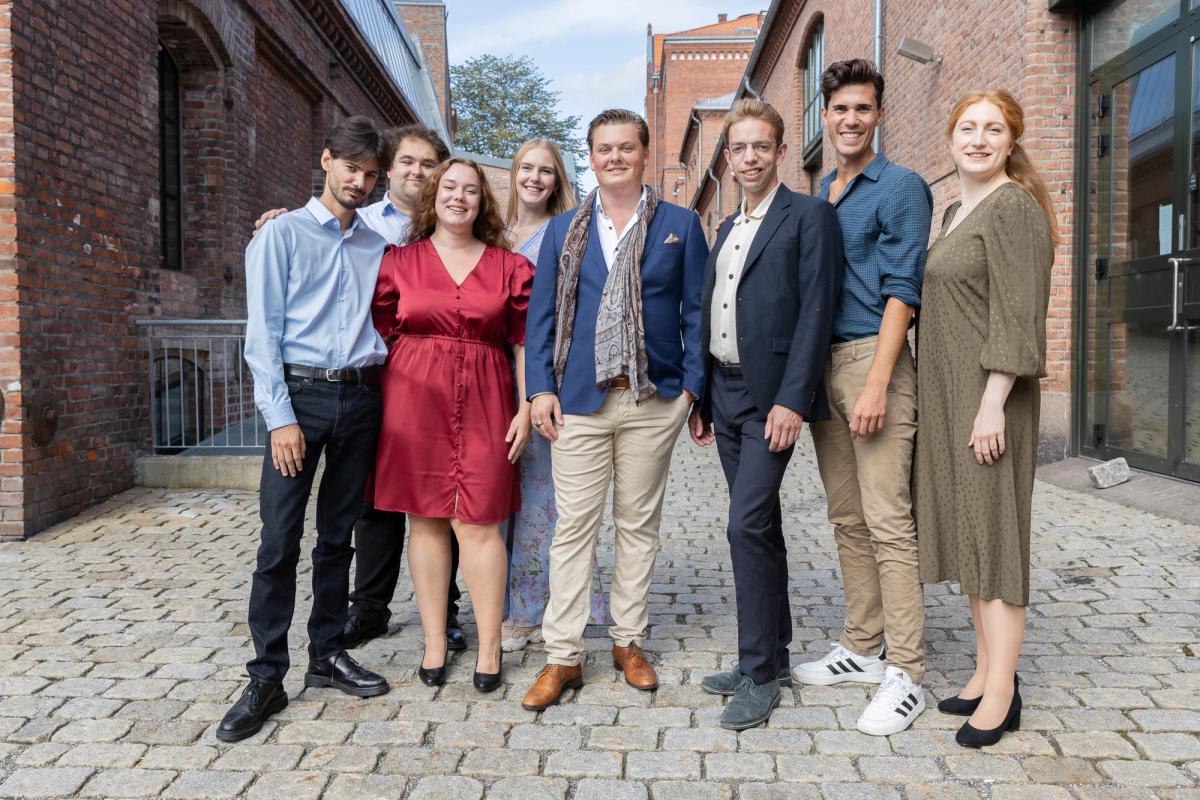
Master students from the Academy of Opera, Oslo National Academy of the Arts. Photo: Erik Maxin
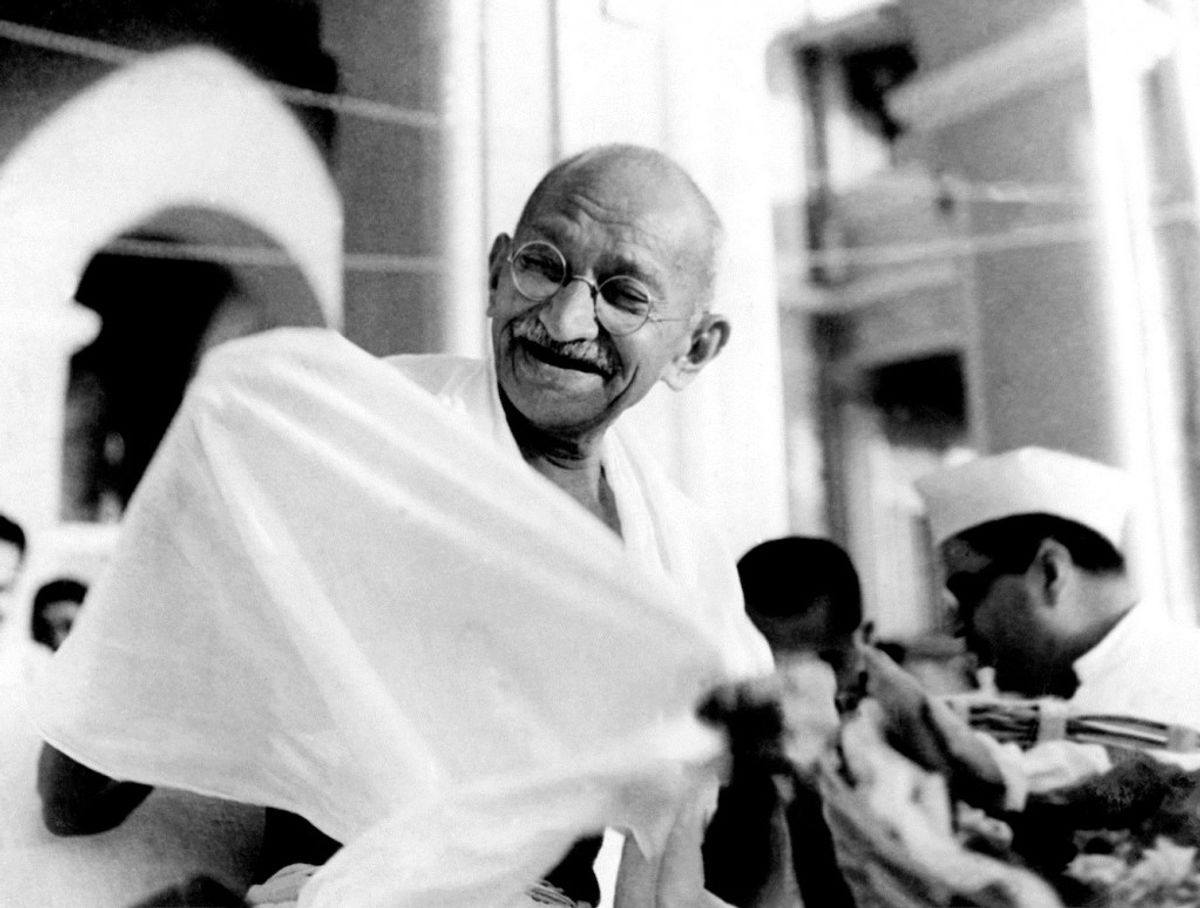
Mahatma Gandhi. Photo: Public Domain
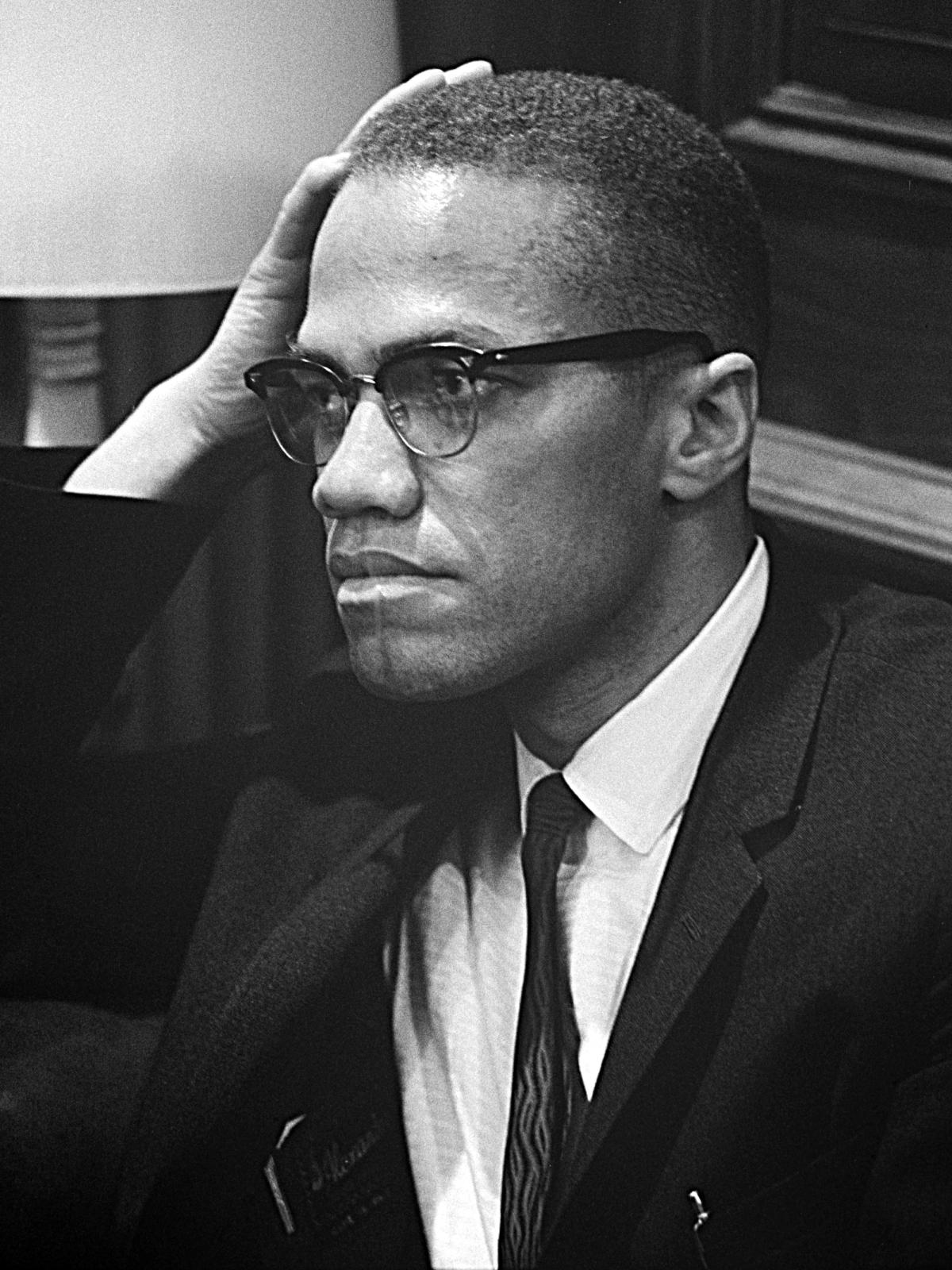
Malcom X. Photo: Marion S. Trikosko
Libretto
- Philip Glass
- Constance DeJong
Soprano
- Hannah Edmunds
- Guro Thronæs-Sivertsen
Mezzo soprano
- Mathilda Goike
- Solvi Skogstad
Tenor
- Jonathan Bjørnseth
Baritone
- Eric Korsnes
- Mattis Austrheim
Bass
- Ulrik Stensrød
Dancers
- Elida Solberg Bakke
- Elias Elvegaard
- Iris Agata Engeness
- Live Karlsen
- Laura Lihua Nilsen
- Bartlomiej Widerski
- Abraham Geoffrey Winsnes
- Carolina Rocha
- Lea Amneby Snickars
- Julie Louise Berg Bjelke
- Silas Manuel da Silva Roller
- Ella Eidstad Pedersen
- Anna Katrine Langer Schou
- Hedda Stokland
- Anton Skaaning Thomsen
- Aron Tweve
- Johannes Gudbrandsen-Stavland
- Andrea María ólafsdóttir
Director and choreographer
- Anne-Linn Akselsen
Musicians
- Musikkhøgskolens sinfonietta
Conductor and musical director
- Magnus Loddgard
Assistant conductor
- Thomas Nettle
Contextualisation
- Magnus Loddgard
- Heloisa Amaral
- Lucia D’Errico
- Students from the Department of Musicology, University of Oslo
- Teresa Mantorski
- Anne Christina Olaussen
- Trond Hallvard Engeset Kverno
- Henrik Hagen Johnsen
Répétiteur
- Thomas Nettle
- Marina Kan Selvik
- Simona Malerba
In collaboration with
- Den Norske Opera & Ballett
- Norges musikkhøgskole
- Kunsthøgskolen i Oslo
- Institutt for Musikkvitenskap, UiO
With support from
- Sparebankstiftelsen DNB
